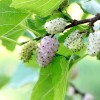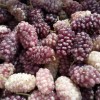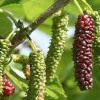Secrets of growing mulberry
Content
Landing
Mulberry, the cultivation of which is widespread in many countries of the world, lives for a long time, so a place for it must be chosen where the tree will be comfortable and not cramped. Ideal for planting a southern slope, or an open sunny area in the garden. Mulberry is undemanding to the composition of the soil, but its drainage properties are of great importance. The fact is that the culture does not tolerate waterlogging at all. It grows better on dry soil, and does not accept swampy areas with a close location of groundwater.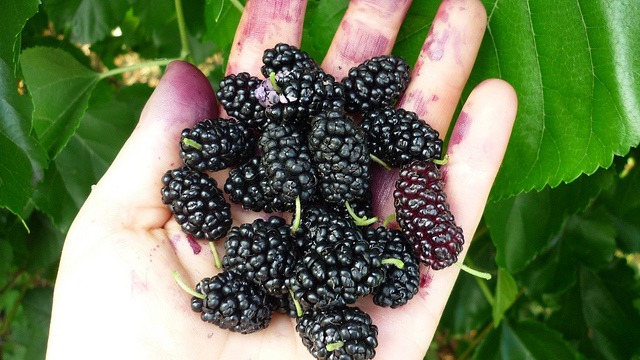
For a tree, it is desirable that there are no other plants or trees within a radius of 3-5 m. Planting pits are prepared in advance so that the soil will stand. The size of the pit should be approximately 70x70 cm, and the depth should be at least 0.5 m. After the hole is dug, the soil from it is mixed with organic and mineral fertilizers (humus or compost 0.5 buckets, superphosphate 50-70 g). Further, part of the earth is again poured into the hole, a seedling is placed on it, and the remaining earth is used to fill the tree. You can water the plant before or after planting. After watering, the soil around the trunk is mulched so that moisture does not evaporate prematurely.
Mulberry planting video
From the video you will learn how to plant mulberries in your area.
Growing in the garden
Mulberry has appeared in private gardens in Europe for a long time. It was brought to Russia by the great Peter I, after which, by a special decree, he forbade the felling of these trees. In the royal diet, she was present fresh, dried, in the form of jam, drinks. Leaves and bark were used for medicinal purposes, but how many years have passed, and silk production in the country has not been developed.
Now in the home garden, mulberries are planted mainly for fruit production, but decorative mulberries are often found, the cultivation and care of which is practically no different from the previous form.
Such a mulberry has the most unusual description - unlike a fruit tree, its crown is compact, the branches can be hanging (weeping shape), or golden in color (golden), the leaves have an original shape and color.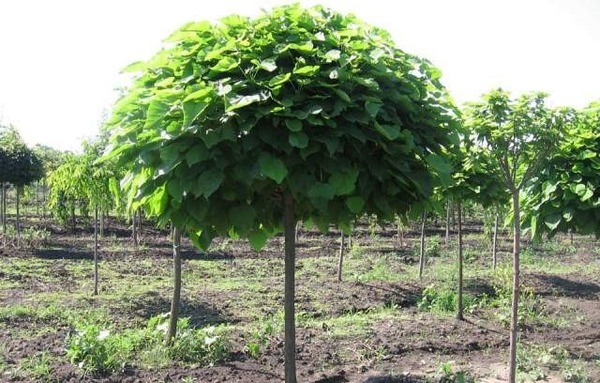
When planting fruit mulberries on the site, you need to know that this culture is dioecious - there is a separate male and female tree. Only a tree with female flowers bears fruit, and with male flowers it serves for pollination, which is why an adult plant sometimes blooms, but does not bear fruit. If the area of the site allows, then trees of both individuals should be planted side by side.
In nature, mulberry trees can grow to a decent size, and although the mulberry crown is not very large in the home garden, and the trunk is rarely higher than 10 m, a sunny, spacious place should be chosen for planting, where other trees will not interfere with it.Mulberry can withstand severe frosts (down to -30 ° C), but do not forget that this is a southern, thermophilic plant, and not every climate is suitable for it.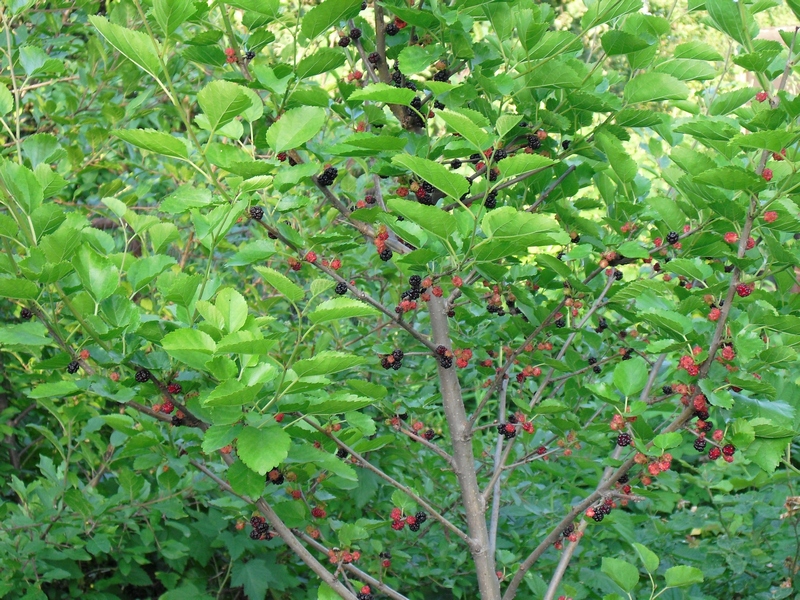
In a temperate continental climate, mulberry trees survive the winters safely. For example, a mulberry in Belarus or in central Russia rarely freezes in winter, but a mulberry in Siberia or the Urals needs more attention - for the winter, the tree trunk circles should be covered so that the root system does not freeze. You can cover it with any organic matter (leaves, sawdust, peat), but rotted manure is best suited for this purpose - it releases heat during decomposition, which will warm the roots. In spring (March), mulberry branches should be protected from the bright sun.
Mulberry care is simple. An adult plant does not need anything other than fertilizing, but in the first years a young seedling needs to be looked after more carefully: water regularly, loosen the ground around the trunk, and carry out formative pruning. It is necessary to water the tree until it reaches the age of 4-5 years - an adult tree has a deep root system, so it provides itself with moisture on its own. In the first half of summer, watering should be regular and abundant; closer to autumn, watering is not necessary so that the young plant can prepare for winter.
In young trees, the tops of the shoots must be cut off. This measure helps to increase yields - after pruning, side branches begin to form, and the more branches, the more berries. Pruning also includes removing old, diseased and damaged branches. Pruning can be done in spring or late summer. Ornamental tree species are pruned several times per season - they perfectly tolerate this procedure, and quickly recover.
Treatment
In general, mulberries are not very susceptible to diseases, but growing in the garden next to other fruit crops, it can become infected from them. Garden pests (insects, caterpillars) also will not bypass the delicate leaves and sweet fruits, so mulberry trees need, albeit preventive, but regular treatment for these misfortunes.
Mulberry leaves can infect fungal spores (bacteriosis, powdery mildew, brown spot). These diseases first manifest themselves as a kind of bloom on the leaf plate, which over time leads to the formation of holes, drying out and death of the leaf. To prevent this phenomenon, trees are sprayed with a solution of Bordeaux liquid (universal fungicide), sulfur or lime solution. Processing is carried out in the spring, before bud break.
No less damage to the crop can be caused by pests: insects and their caterpillars, for which mulberry leaves are a real delicacy. Caterpillars of the American butterfly, the mulberry moth, in a few days are able to destroy all the foliage on the tree, therefore, preventive spraying must be carried out before these pests appear. Likes to feast on the juice of the leaves and the spider mite, which hides in its cobweb under the leaf, so that it can only be found by the holes in the foliage. For the control and prevention of pests, insecticides (chlorophos, thiophos) are used. From folk methods, you can use a decoction of tobacco, wormwood.
Top dressing
In the year of planting, young seedlings do not need feeding - the fertilizers applied to the planting pit are enough for them. For a young tree, the optimal time for fertilizing will be the beginning of fruiting, since the plant needs more strength and nutrients. If the seedling is grown independently, then it should be fed from the third year of life. For top dressing, mineral and organic fertilizers are used, which are applied (embedded) in the trunk circles. The land around the tree should be loosened, and after applying top dressing, mulch.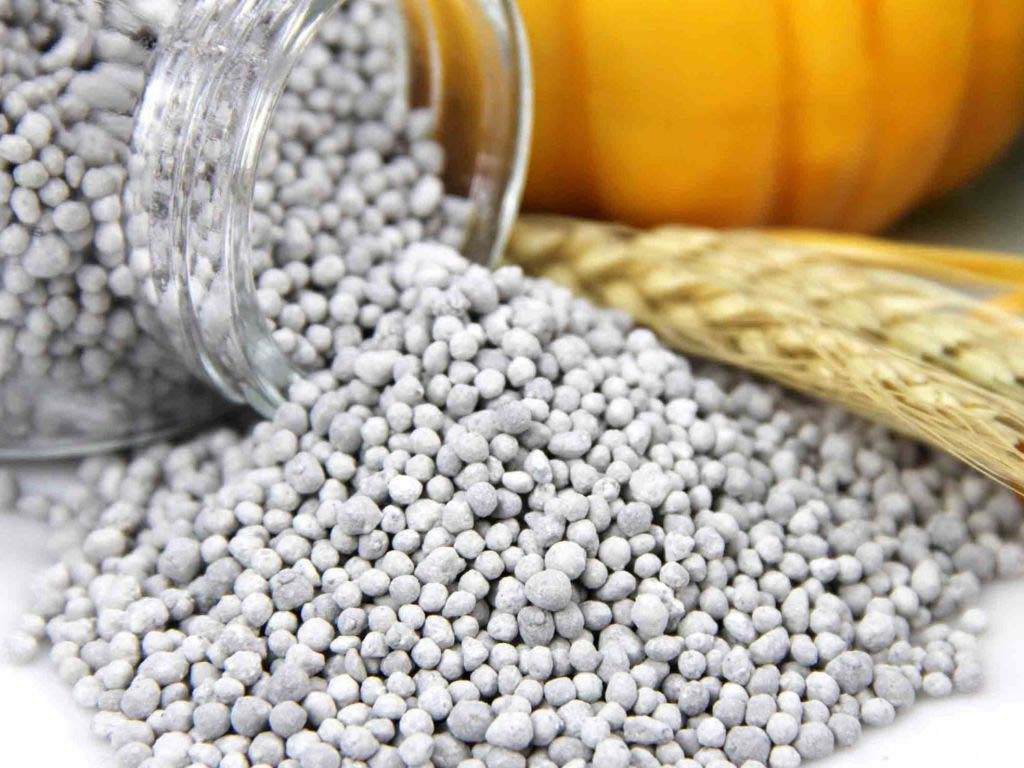
As an organic feed, you can make liquid solutions and droppings or mullein.The droppings are diluted with water in a ratio of 1:15, and manure - 1:10, and the culture is watered with this solution. Top dressing is applied in the spring and before the beginning of fruiting, when the plant finishes flowering. At the end of the season, it is not recommended to feed the trees, as they will give young shoots, which will die during the first frosts, moreover, will weaken the winter hardiness of the fruit-bearing tree. As a mineral top dressing, nitrogen fertilizers (nitroammofoska, saltpeter) can be applied in the spring, potassium and phosphorus in late autumn.
Reproduction
Mulberry is a very tenacious tree. It quickly and easily recovers after severe frosts, damage, its shoots can re-grow from a sawn trunk, and then bear fruit successfully. Therefore, the multiplication of mulberries does not present any difficulties - no matter what method you choose, you can be sure that the plant will take root and give a harvest quite quickly.
Mulberry can be said to be an unusual and somewhat strange culture. It is characterized by the most diverse types of sexual organization. Trees can be monoecious, dioecious, self-fertile, or mixed.
Only female or male flowers can appear on one tree, or even bisexual flowers. In addition, an infinite number of shoots of other varieties can be grafted onto a tree of one variety - to form a so-called "melange" crop, when white, black, pink and red berries can be harvested from one plant at the same time.
It follows from this that multiplying mulberries is not difficult at all, and this can be done in several ways:
- From seeds. Often, under an adult mulberry, you can see small seedlings obtained from self-sowing. Growing up, they bear fruit well, but there is no guarantee that the berries of such a plant will correspond to the varietal characteristics of the parent specimen. Breeders use this method mainly to obtain the rootstock of the variety, and after a couple of years they graft a stalk of a delicious varietal berry to the seedling. In private gardening, the method is rarely used, because how to grow mulberries from seeds is troublesome, and the first flowering and fruiting occurs only at 5-6 years of age.
- Vaccination. Most often, the method is used to grow ornamental varieties or to form a tree with different fruits. For this, cuttings of the desired variety are grafted onto the stem of a two-year-old seedling.
- Cuttings. It is easier to propagate mulberries with green cuttings - they give roots faster and take root better, while it is rather difficult to get a seedling from woody cuttings. Rooting cuttings requires special conditions (humidity, temperature), so many gardeners prefer simpler methods.
- Layers. When cutting the mother tree, the greatest growth of shoots is formed, which are bent to the ground, fixed in a horizontal position, and sprinkled with earth. You need to spud the branches several times during the summer, and in the fall, plant the growing seedling in a permanent place.
- Root shoots. An adult plant produces young growth every year, which does not have to be fought - it can be used to grow new specimens. You can plant the shoot in spring or autumn. To do this, you need to carefully excavate the place of origin of the sprout, and cut it off, trying to keep the root system of the tree intact.
Of course, growing mulberries, so to speak, "from scratch" is troublesome. It is easier to buy an already grown seedling in the nursery, so that you know exactly how old the plant is and in what year will it start bearing fruit? When choosing a seedling, remember that mulberry trees are male and female, and not many seedlings are capable of bearing berries. Therefore, it is recommended to purchase 3-4-year-old trees that have already borne fruit once - so you are guaranteed to buy a fruiting specimen.
Video "Diseases, feeding, mulberry reproduction"
In this video, experienced gardeners and gardeners will tell you how to care for a mulberry tree in order to get an excellent harvest.

